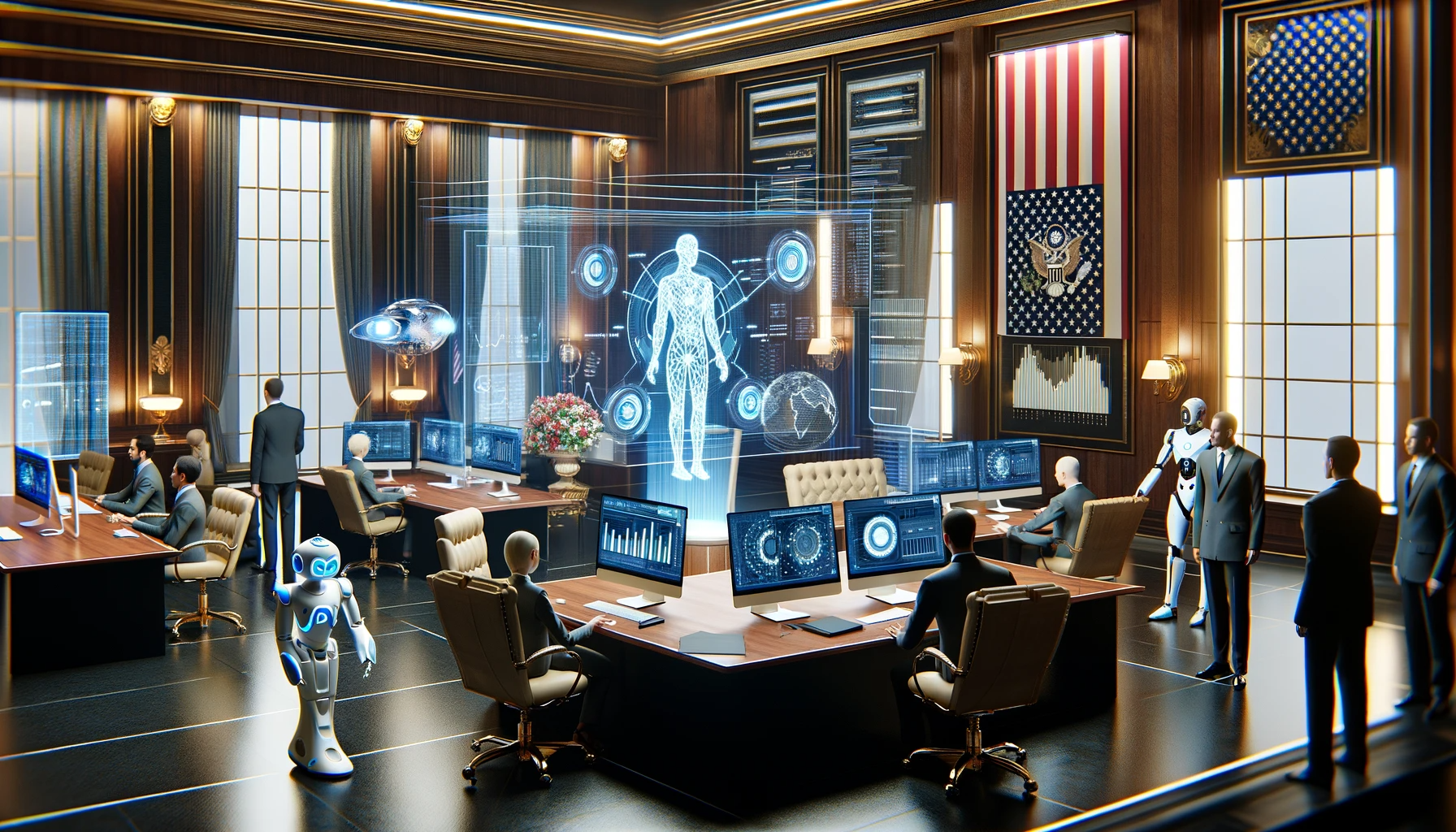Mastering the Proposal Game: AI's Role in Government Procurement


The integration of artificial intelligence (AI) into the government's acquisition and proposal process is on the rise. While AI offers the promise of streamlining these procedures, government officials often harbor reservations about entrusting such a pivotal task to computers and algorithms. This article explores what government stakeholders should be aware of regarding AI in the proposal process and why AI cannot autonomously generate complete proposals for companies.
Government's Need to Embrace AI Innovation
AI is increasingly employed to expedite the proposal writing process, particularly benefiting small businesses and non-traditional bidders that face challenges competing with larger, more established firms boasting extensive teams of proposal experts. AI empowers these companies to formulate proposals grounded in their concepts and approaches, allowing them to allocate resources toward their solutions rather than drowning in paperwork.
However, it is crucial to recognize that AI cannot spontaneously craft a comprehensive proposal. Proposers must still possess a vision, an approach, and the understanding of how to implement a solution. AI's role lies in augmenting this approach, enhancing the proposal's language, and translating concepts into the formal language of government proposals. AI can expand upon ideas and approaches, but it cannot conjure something out of nothing.
The Complementary Role of AI
To adapt to the evolving technological landscape, government acquisition professionals must innovate. Shifting away from lengthy 100+ page documents, which are traditionally tailored to established businesses, towards utilizing AI for proposal review or transitioning to more interactive oral presentations can improve decision-making processes. AI's capabilities are invaluable in swiftly identifying non-compliant or poorly constructed proposals, thereby enabling government officials to focus on the most promising solutions, rather than grappling with extensive paperwork.
Final thoughts
In conclusion, AI can significantly aid government acquisition professionals in streamlining the proposal process, but it cannot replace the essential role of human involvement. Proposers must still possess a clear understanding of their approach and how to deliver an effective solution. Government officials should also stay abreast of technological advancements to harness AI effectively within their proposal processes. While AI cannot independently draft proposals, its judicious use has the potential to save time and resources, enhance quality control, and facilitate a more efficient acquisition process.